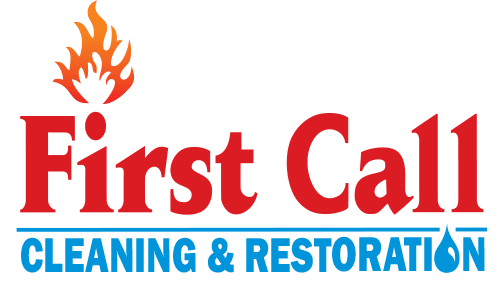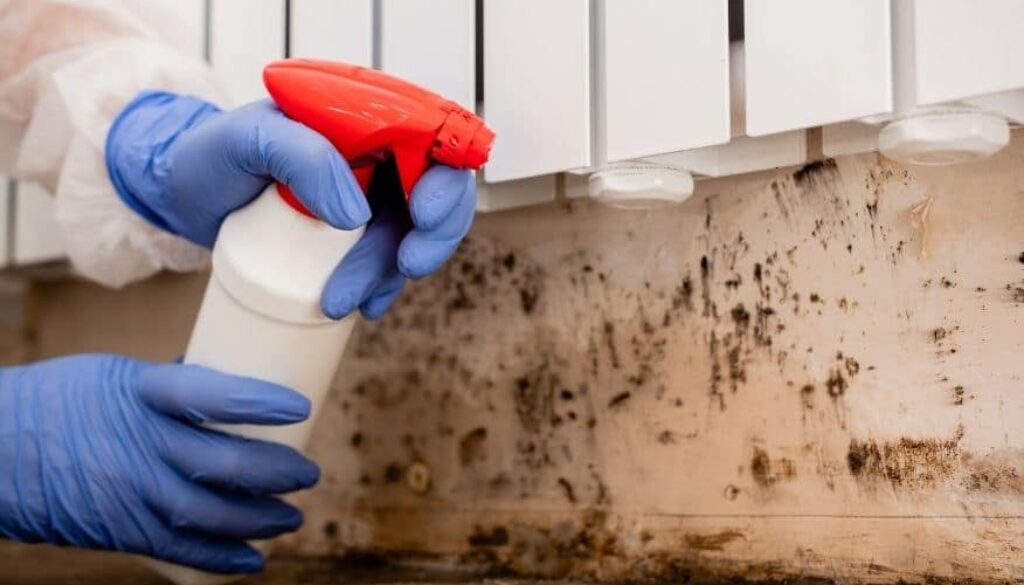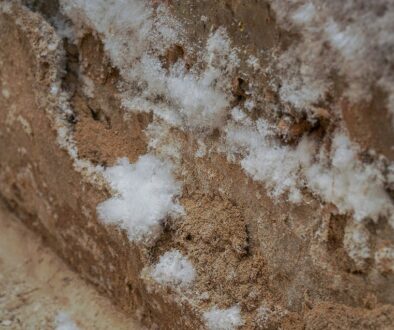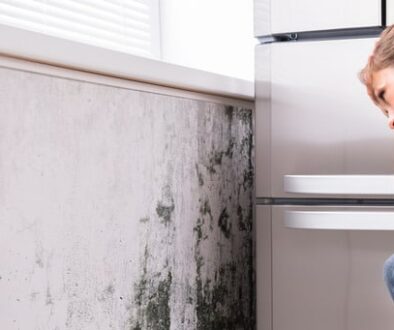It’s very deceptive: You’ve discovered mold in your home, and you roll up your sleeves thinking this is a do-it-yourself (DIY) job.
Wait a minute.
Did you know that trying mold remediation on your own can cause the mold to spread? This multiplies your problem exponentially!
There are some projects that you should simply not tackle yourself. For these projects, you need to leave it to the professionals at First Call. In fact, we’ve provided this useful list of Do’s and Don’ts for you.
Dos and Don’ts for Mold Remediation
Do:
1. Call the professionals.
It only takes 24 hours for mold to release spores and start to spread throughout your house. If you attempt this as a DIY job, you may be exposing yourself, and the rest of your house, to contaminants.
When First Call does mold remediation, we not only offer air filtration and dehumidification, but we also remove any contaminated debris and create a perfect contentment set up. This containment field means that mold spores will not spread throughout your house.
2. Keep people and pets away from the area
Small children and pets are highly susceptible to contracting mold-related illnesses. Others who are at risk include seniors, those with chronic diseases and those with compromised or weak immune systems.
3. Do not disturb the mold.
We touched on this a bit in #1 earlier. Realize that disturbing mold can not only place you at risk for a mold-related illness, but it can also cause particles to spread throughout your house.
Remember: Just because you don’t see any visible evidence of mold doesn’t mean that mold isn’t present.
4. Discover (and Fix) the Source of the Problem
Is there a leaky pipe that has made your carpet wet? Fixing the root cause of the issue is step one.
You can’t expect your issue to be remediated if the ideal conditions to grow mold are still present. This is the point where the leak should be repaired, the standing water should be mitigated, and/or the moisture issue should be eliminated. Fixing the source of the problem will help ensure the problem will have a better chance at being remediated indefinitely.
5. Use a dehumidifier to reduce the humidity level
Mold loves damp spaces. Eliminate the moisture in the air with a dehumidifier. I recommend contacting a trusted HVAC company or supplier for information on a dehumidifier that will best fit your home.
6. Be sure to turn off the HVAC system to that area
By turning off the HVAC system that controls that area you are eliminating the chances of mold spores infesting your system and being dispersed throughout the home.
Don’ts
1. Do not disturb the mold by poking it
Remember that when mold is agitated, it will release its particles not only on the surface area, but also into the air. By touching the mold, you may not realize that you’re spreading its spores and particles throughout your house.
2. Do not sniff the mold
Mold does not have a smell. Moisture is the “sweaty sock” smell that is mostly present with mold growth. Inhaling mold spores can be detrimental to your health.
3. Clean it with harsh chemicals
Mold is a natural organism. Cleaning it with an unnatural chemical, such as bleach, can cause the mold to “freak out” and spread. Yes, your Clorox can take care of the situation momentarily but cleaning with such a harsh chemical can have a negative effect on you, your family, and the surface. At times, the mold can come back, and with a vengeance. It’s best to use all-natural ingredients to treat and maintain this situation.
4. Paint over it
As the DIY culture grows manufacturers target products to this group, “mold-killing paint” being one of them. Painting over mold is a horrible idea and is something that should be avoided at all costs when it comes to mold remediation. This paint claims that it can stop the spread of mold, kill it on the surface, and cover any stains. What it does is suffocates the spores and prevents you from seeing any new growth and/or activity.
5. Dry It Out With a Fan
Aiming a fan on the affected area will only cause it to break apart and disperse mold spores into the air. When this happens, they can land in a variety of places: other surfaces, your HVAC unit, and in your respiratory system.
Be On the Lookout for Water Damage
Whenever you have water damage, you have set the stage for mold growth. Any time you notice damp insulation or wet drywall, the potential for mold exists. If left unattended, it can develop mold. If your business has developed mold, you can actually be held liable if it is not removed in a timely manner.
Health Problems That Can Result from Mold
One of the reasons it’s so important to leave mold remediation to the professionals at First Call is that we have the protective equipment needed to work closely with mold to eliminate it.
If you’re not extensively prepared, mold can lead to a variety of health problems including:
- Red or itchy eyes
- Stuffy nose
- Wheezing
- Allergic reactions
- Upper respiratory infections
- Coughing
Those who have asthma are more likely to have intense reactions to mold.
In addition, when workers are exposed to large amounts of mold, they may experience fever and shortness of breath, according to the Centers for Disease Control.
When Dealing With Mold Remediation, First Call is Always the Right Call
When you discover mold, you have to spring into action immediately. It doesn’t take mold long to multiply—it can spread in as little as 24 hours—so any delay can compound your problem.
For decades, we’ve been the leading mold remediation company in the Greensboro, Burlington, Raleigh and Triangle areas. We’ve serviced private homes, large corporations, warehouses, schools and universities.
Experience our unequaled dedication to professionalism and quality customer service. Contact First Call today.




